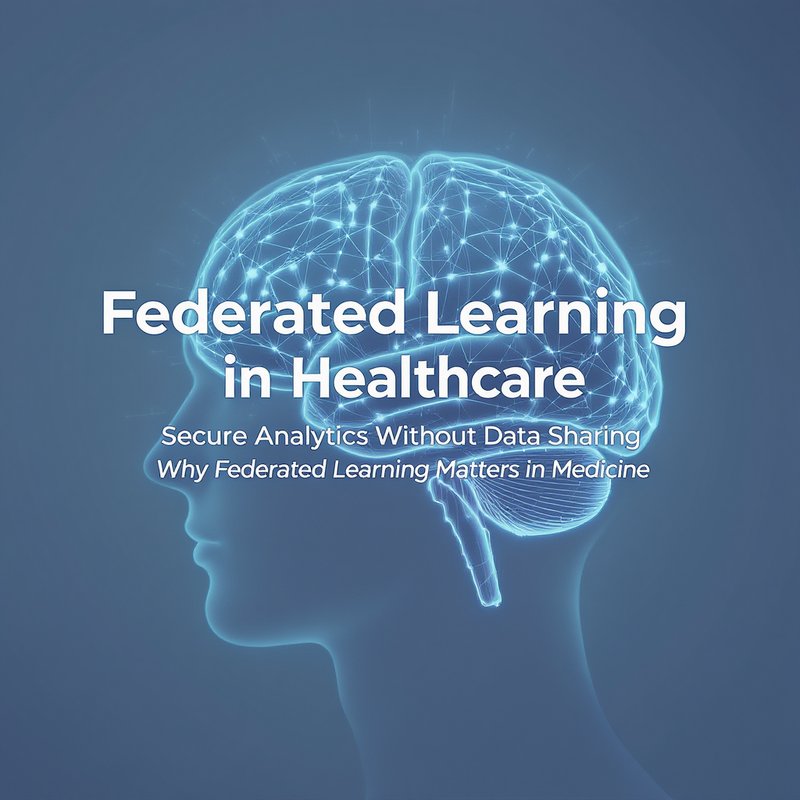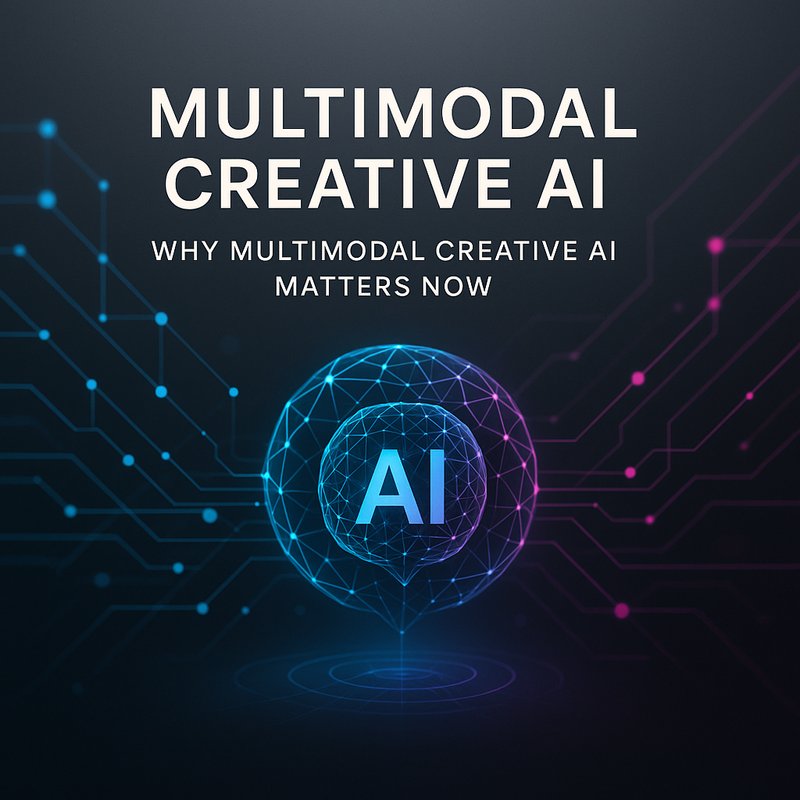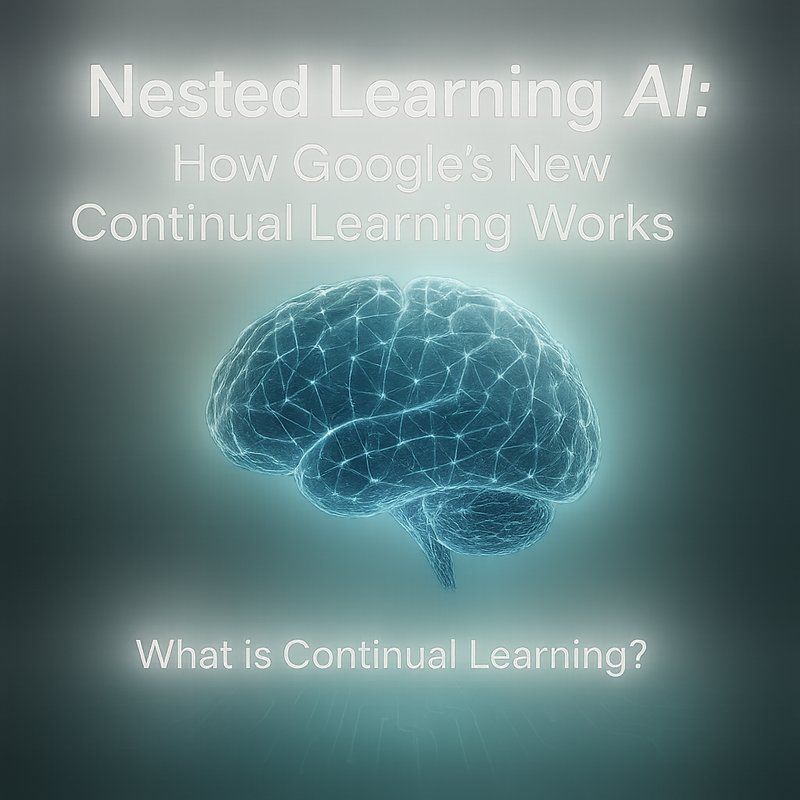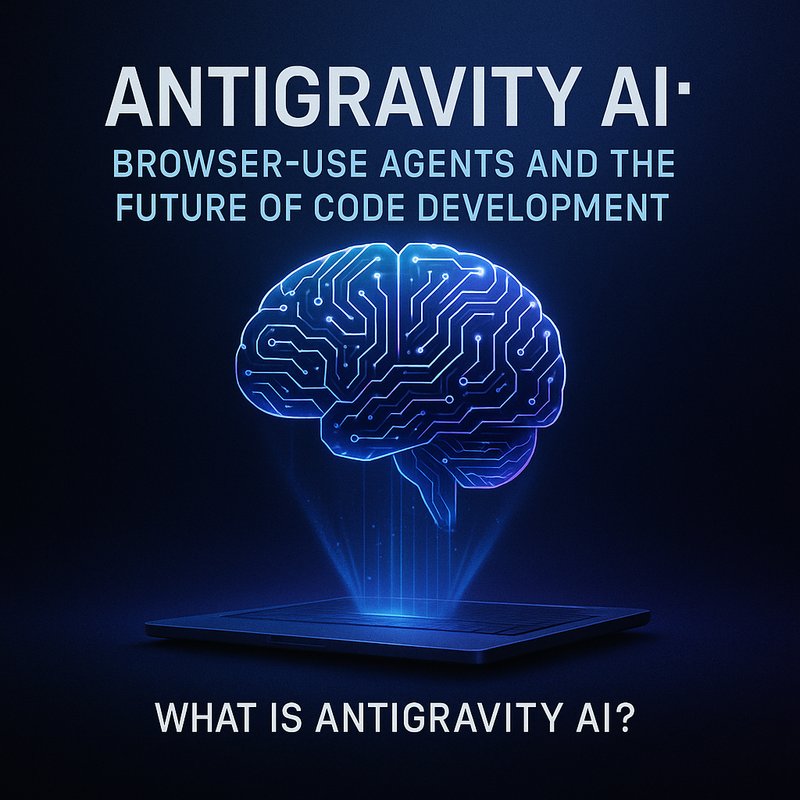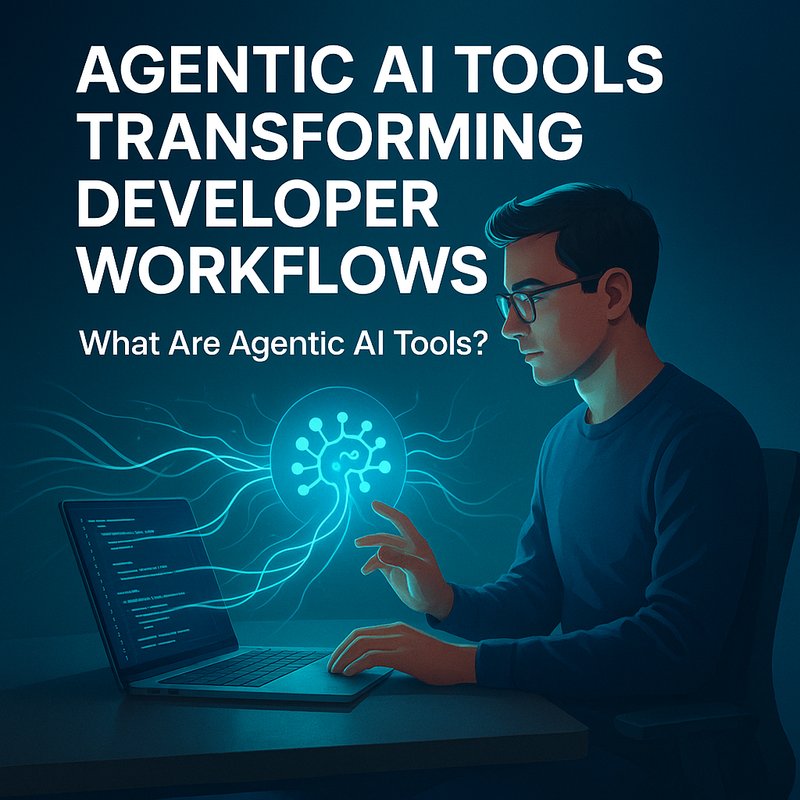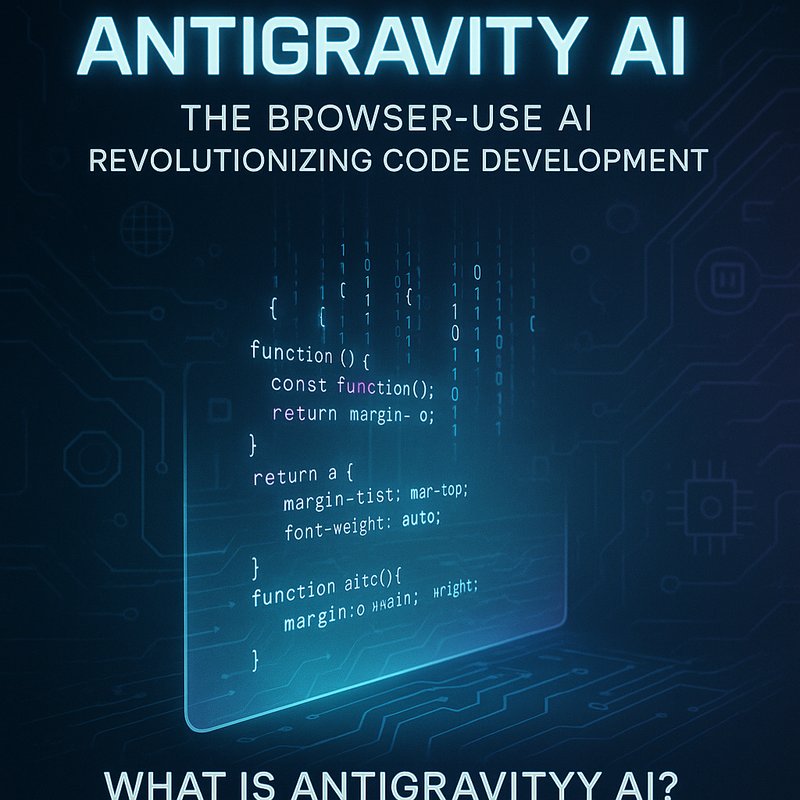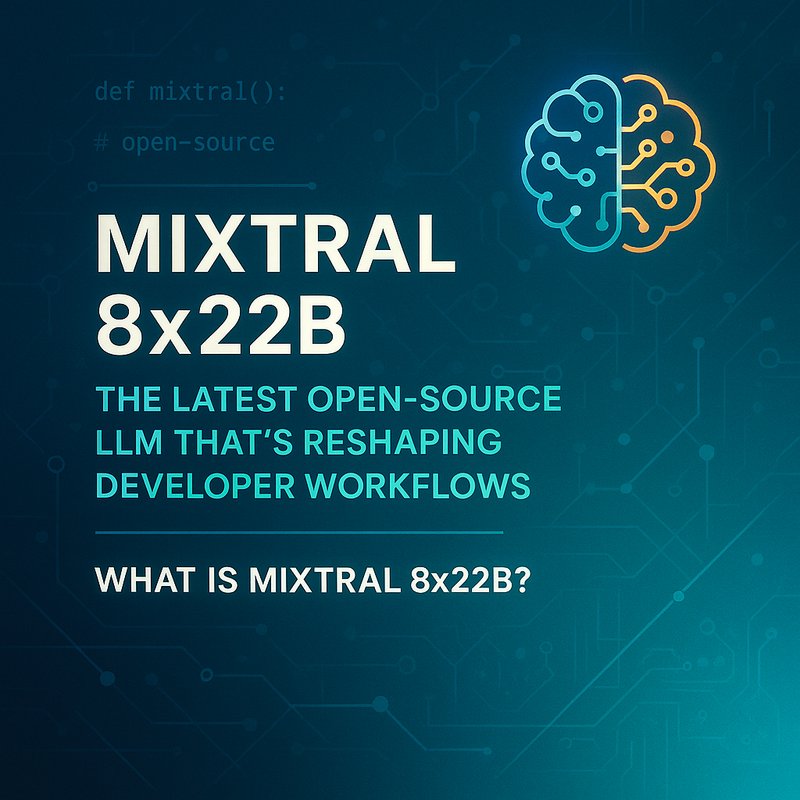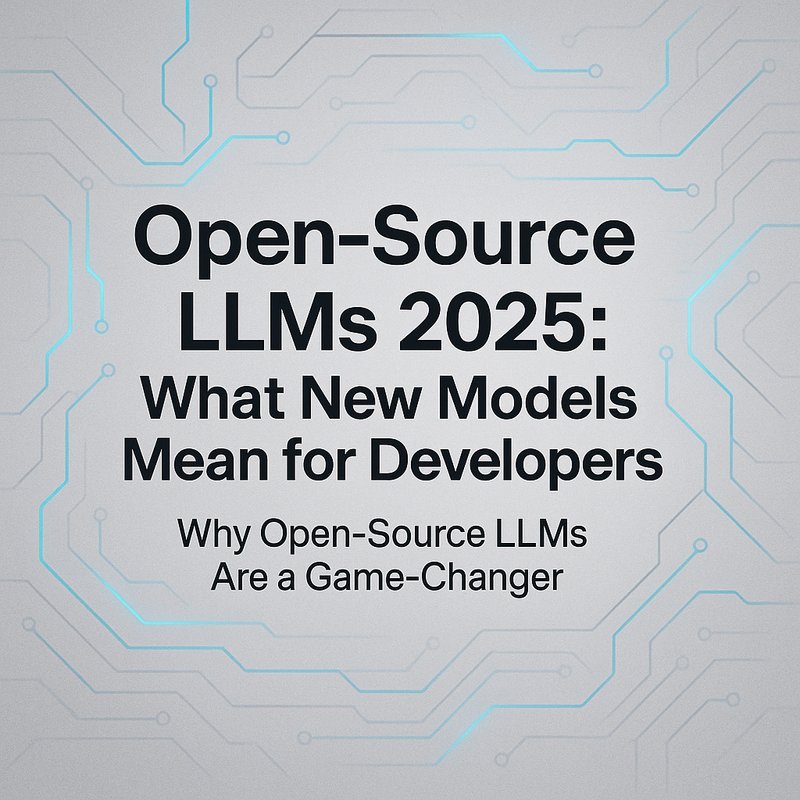Federated Learning in Healthcare lets hospitals, clinics, and research labs collaborate on machine‑learning models while keeping patient data inside each organization. The idea is simple: each site trains a local model on its own data, then shares only the model updates—not the raw records—with a central server. Those updates are merged into a global model that improves over time.
This approach tackles one of the biggest barriers in medical AI: privacy. In many regions, data protection laws, such as GDPR and HIPAA, forbid the transfer of patient records across borders. Federated Learning in Healthcare offers a legal and technical path to harness the power of data without breaching regulations.
Why Federated Learning Matters in Medicine
Imagine a rare disease that affects only a handful of patients in each country. A single hospital can’t gather enough cases to train a robust diagnostic model. But if every hospital can contribute to a shared model, global network learns from thousands of cases while no private data leaves its own walls.
benefits are:
- Privacy‑preserving collaboration – No sensitive data travels outside institution.
- Regulatory compliance – Models stay local, so institutions stay within legal boundaries.
- Broader coverage – Diverse patient populations improve model generalisation.
- Speedy innovation – Incremental updates keep the model current with new findings.
How Federated Learning Works (Step‑by‑Step)
-
Central Server Setup
A coordinator holds a base model and sends it to each participating hospital. The server can be hosted on a cloud platform or on-premises, depending on security needs. -
Local Training
Each site trains the model using its own electronic health records (EHRs). Only the model weights or gradients are produced, never patient data. -
Secure Aggregation
Updates are encrypted (often with homomorphic encryption or secure multiparty computation) before they reach the server. This ensures that even the aggregator cannot read individual contributions. -
Global Model Update
The server averages or otherwise combines the updates to produce a new global model. This updated model is then redistributed to all participants. -
Repeat
The cycle repeats for many rounds, gradually improving accuracy. Hospitals can stop at any time, and the system remains functional with fewer nodes.
Internal link – To learn more about how Neura AI’s Router can route inference efficiently, visit https://meetneura.ai.
Key Privacy Techniques
| Technique | Purpose | How It Helps |
|---|---|---|
| Homomorphic Encryption | Encrypts data so it can still be processed | Keeps model updates confidential while aggregating |
| Secure Multiparty Computation | Distributes the aggregation task across multiple parties | Removes a single point of failure |
| Differential Privacy | Adds noise to updates | Prevents reverse‑engineering of individual records |
These techniques together make Federated Learning in Healthcare a robust, compliant solution.
Real‑World Use Cases
-
Cancer Diagnosis
A consortium of oncology centers in Europe used federated learning to improve tumor segmentation models. The combined effort reduced false positives by 15% without sharing patient images. -
Sepsis Prediction
In the United States, 30 hospitals collaborated on a sepsis early‑warning model. The federated system achieved a 12% higher recall than any single hospital’s model while keeping data local.

- Genomic Research
Researchers across three continents trained a variant‑calling model on DNA sequences. The federated approach enabled discoveries in rare genetic disorders that would have been impossible with siloed data.
Case Studies – Explore more examples at https://blog.meetneura.ai/#case-studies.
Implementation Checklist
| Item | Action | Tool Suggestion |
|---|---|---|
| Choose a Framework | Select open‑source libraries like TensorFlow Federated or PySyft | TensorFlow Federated |
| Set up Secure Channels | Use TLS and VPNs between sites | OpenVPN, AWS PrivateLink |
| Define Aggregation Protocol | Decide between simple averaging or more advanced optimizers | FedAvg, FedAdam |
| Deploy Privacy Layers | Add differential privacy and secure multiparty computation | PySyft’s DP modules |
| Monitor Model Health | Track accuracy, drift, and update frequency | Prometheus + Grafana |
| Governance | Create a steering committee with legal and data‑privacy experts | – |
| Documentation | Keep a clear record of data ownership, model versioning, and update schedules | Git + README files |
Following this checklist ensures a smooth rollout of Federated Learning in Healthcare.
Common Challenges & Practical Tips
| Challenge | Why It Happens | Practical Tip |
|———–||—————-|
| Heterogeneous Data | Different hospitals use varied coding systems and data formats | Implement a common data schema (e.g., HL7 FHIR) early |
| Bandwidth Constraints | Model updates can be large, especially for deep networks | Use model compression or parameter pruning |
| System Interoperability | Diverse IT environments may block easy integration | Containerise local training jobs with Docker |
| Model Drift | Local patient populations change over time | Schedule periodic retraining and validation |
| Legal Uncertainty | Some jurisdictions are unclear on model ownership | Draft clear data‑sharing agreements even if data stays local |
Addressing these hurdles upfront keeps the project on track and reduces friction.
The Future Landscape
Federated Learning in Healthcare is gaining traction as AI models become more complex and datasets grow larger. Emerging trends include:
- Federated Transfer Learning – Models transfer knowledge from one domain (e.g., imaging) to another (e.g., pathology) across hospitals.
- Personalised Federated Models – Each hospital can tweak the global model with local fine‑tuning, balancing global knowledge with local nuances.
- Blockchain for Audit Trails – Immutable logs of model updates help satisfy regulators and auditors.
These developments mean that Federated Learning in Healthcare will become increasingly powerful and accessible.
Takeaway
Federated Learning in Healthcare offers a practical, privacy‑friendly way to build smarter, more accurate medical AI models. By keeping patient data where it belongs—inside the hospital—organizations can collaborate without compromising compliance or trust. With the right tools, governance, and a clear roadmap, any medical institution can start contributing to a shared intelligence that benefits patients worldwide.
The Bottom Line
If your organization wants to tap into the collective knowledge of other medical institutions without risking patient privacy, Federated Learning in Healthcare is the path forward. Start by assessing your data pipelines, choosing a federated framework, and setting up secure channels. The results—better diagnostics, faster research, and stronger patient outcomes—will follow.
